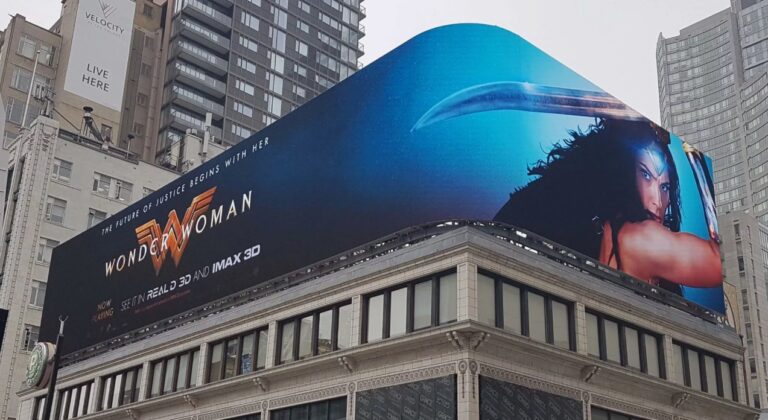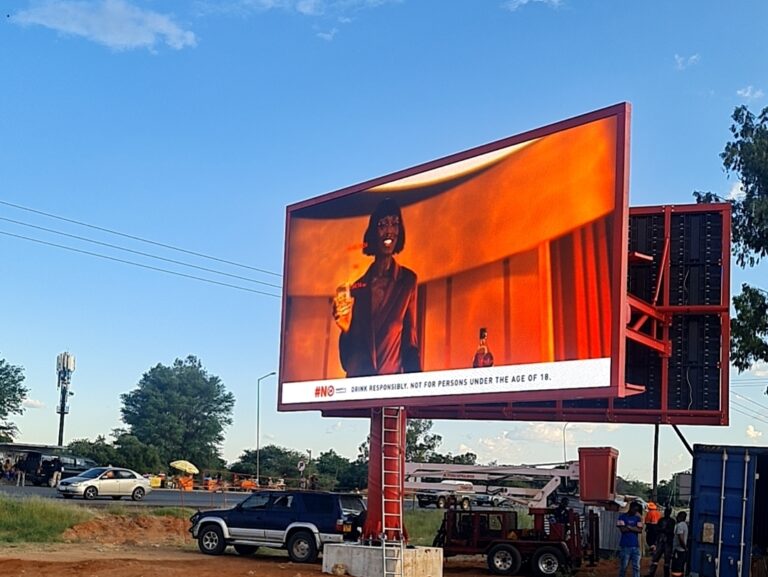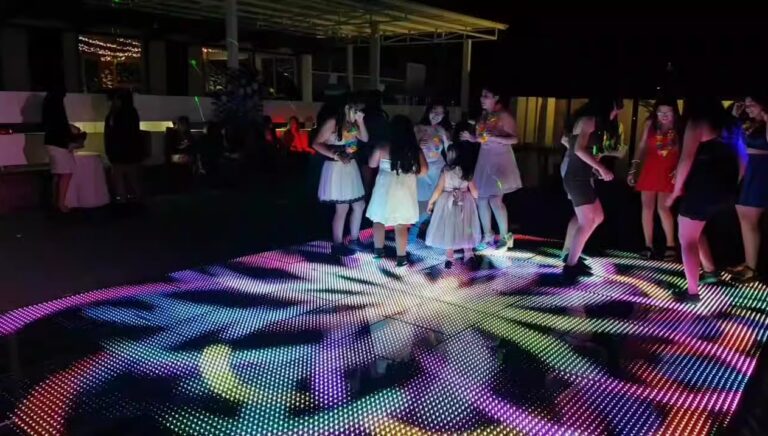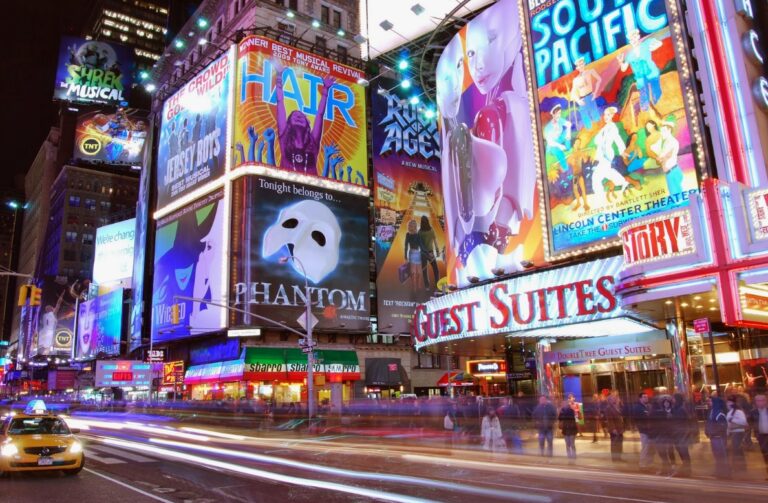Table of Contents
-
Why Traditional Booth Displays Are Outdated
-
Why LED Displays Are Now a Trade Show “Must-Have”
-
How to Choose the Right LED Display
-
Successful Case Studies
-
Maintenance and Budget Planning
-
FAQs
-
Conclusion
Still using old-school roll-up banners and printed posters? Then you’re already behind the curve. In today’s era of information overload, attention is more valuable than gold. Static displays struggle to attract visitors—let alone keep them engaged. Picture this: the booth next to you is glowing with vivid, dynamic visuals on a high-definition LED screen, while you’re standing in front of a stiff backdrop. That gap isn’t small—it’s a canyon.
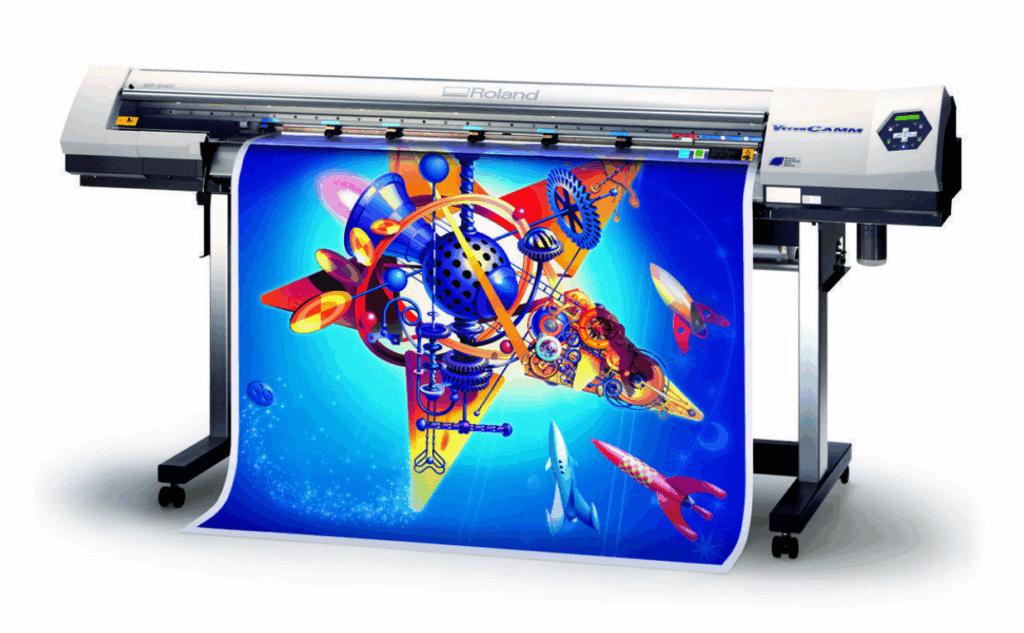
1. Why Traditional Booth Displays Are Outdated
Lack of Attraction: According to Statista, over 62% of trade show visitors spend less than 3 seconds looking at static posters or printed materials.
Limited Interaction: Traditional booths offer little to no engagement. Visitors passively observe without forming lasting brand impressions.
Difficult to Update: Once printed, content is fixed. In contrast, LED displays allow you to update visuals, videos, and data instantly.
Case Example: At an electronics expo, booths using traditional boards saw 40% less visitor dwell time compared to those featuring LED video walls.
2. Why LED Displays Are a Trade Show “Must-Have”
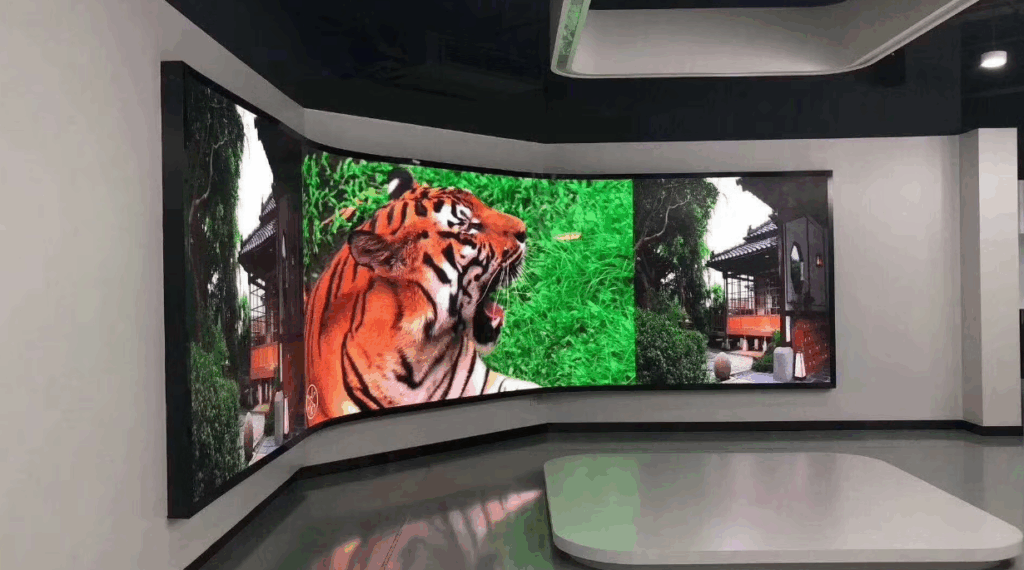
Vivid Visuals and Motion Content:
High-resolution LED panels (P2.5–P4) deliver true 4K quality with pixel-perfect clarity—ideal for close viewing in indoor environments.
Enhanced Interactivity:
LED screens can integrate touch interaction, AR experiences, QR code scanning, or interactive games, keeping attendees engaged.
Versatile Use Cases:
They can display corporate videos, product demos, real-time data, and even live social media feeds—all from the same screen.
Market Data:
According to LEDinside, by 2024, global adoption of LED displays at trade shows reached 58%, with tech and consumer electronics events exceeding 70%.
3. How to Choose the Right LED Display
Selecting an LED display isn’t just about screen size—it’s about balancing purpose, environment, and budget.
a. Type and Pixel Pitch
-
Outdoor LED Screens (P3–P6):
For outdoor booths or distant viewing, larger pixel pitches like P6 are cost-effective and visible from afar—perfect for entrance signage or large ads. -
Indoor High-Definition Screens (P1.5–P2.5):
For indoor exhibits with close-range viewing, smaller pitches like P1.8 or P2.0 deliver stunning detail and sharpness—ideal for product showcases.
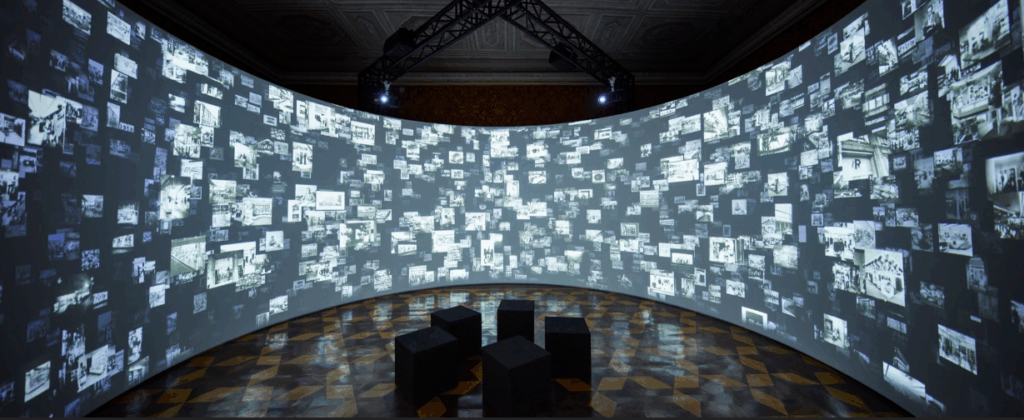
-
Creative-Shaped LED Screens:
For brands seeking uniqueness, custom shapes (curved, circular, or irregular) make your booth a showstopper. Though pricier, they dramatically enhance visual impact and brand prestige.
b. Installation and Maintenance
Trade shows are fast-paced—speed and efficiency are everything.
-
Rental Cabinets: Lightweight, quick to assemble, and easy to maintain. Standardized locking systems make setup smooth.
-
Front Maintenance Modules: Allow quick access to replace faulty units without disassembling the structure—saving valuable setup time.
c. Brightness and Refresh Rate
-
Brightness: Indoor booths should use 800–1,200 cd/m² to remain bright and clear under strong ambient lighting.
-
Refresh Rate: To avoid flickering or “scan lines” during filming or live streaming, opt for a display above 3,840 Hz.
4. Successful Case Studies
Case A: Tech Company Product Launch

-
Challenge: Capture attention within 60 seconds while clearly communicating product value.
-
Solution: A large curved P2.5 LED main screen in the booth center, with two vertical P1.8 side screens showing specs and testimonials. The main screen ran a cinematic countdown and product trailer.
-
Result: Visitor engagement and dwell time soared, delivering the expected brand exposure and buzz.
Case B: Automotive Brand Immersive Experience

-
Challenge: Transform a static car display into an immersive brand journey.
-
Solution: The booth became an LED “box”—with floor and ceiling screens simulating a driving experience. The floor showed road visuals, while the ceiling displayed a sky scene synced with engine sounds.
-
Result: The interactive space went viral on social media, with long queues of visitors waiting to experience it—boosting both awareness and brand image.
5. Maintenance and Budget
a. Budget Planning
-
Rent or Buy?
If you attend fewer than two trade shows per year, renting is more cost-effective and eliminates logistics and storage hassles. A standard 3m×5m P2.5 indoor screen typically rents for $200–$500 per day depending on region and vendor. -
Content Creation:
Never overlook this—great visuals need great content. Reserve 10–20% of your total budget for creative video production. -
On-site Technician:
Always have a professional LED engineer on-site. Most rental vendors offer this service—worth every penny for peace of mind.
b. Operational Tips
-
Backup Content: Have multiple playback versions and backup power sources.
-
Pre-show Testing: Check pixel consistency and brightness calibration before opening.
-
Emergency Plan: Discuss backup modules, control systems, and power options with your vendor in advance.
6. FAQs
Q1: Should I rent or buy an LED display?
A1: For short-term trade shows, rent. For permanent booths, purchase. Renting saves 50–60% of upfront costs.
Q2: Can LED screens show live or real-time data?
A2: Yes, via an API or connected computer system.
Q3: What brightness is best for indoor events?
A3: 800–1,200 nits ensure clear visibility under exhibition lighting.
Q4: What’s the ideal screen size?
A4: 2×3m or 3×5m are most common—offering strong visual impact and readability.
Q5: Is setup complicated?
A5: Not really. Modular lightweight frames allow installation within 2–6 hours.
Q6: What if there’s a power outage?
A6: Professional LED vendors typically provide UPS or backup generators. Always confirm this in your contract.
Q7: How do I make my screen content more engaging?
A7: Use dynamic, fast-paced videos with music. Rotate different clips every few minutes or add interactive mini-games to draw crowds.
7. Conclusion
LED displays have become the heart of modern trade show marketing. They’re not just hardware—they’re your storyteller, engagement bridge, and sales driver. At your next event, ask yourself: are you ready to make people stop, look, and remember your brand?
Industry data:

